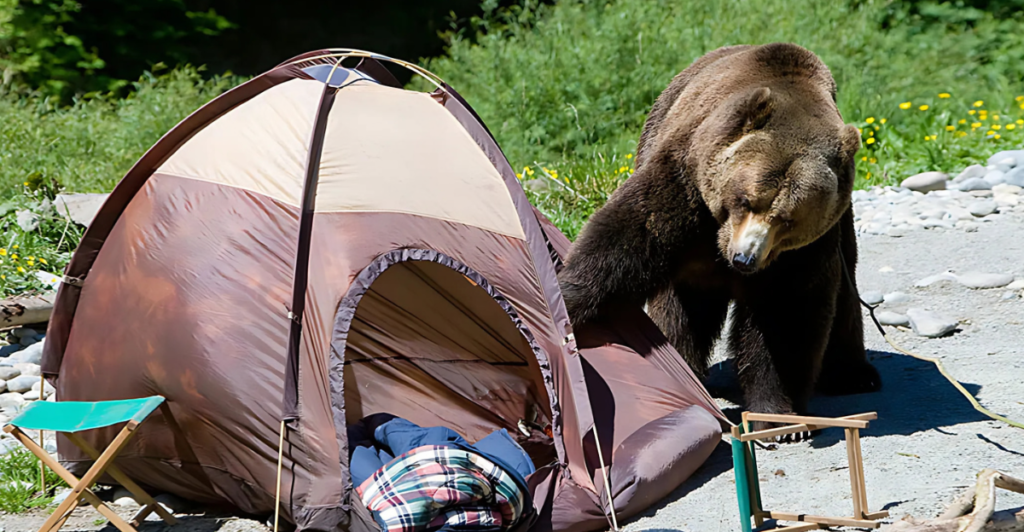
Hiking can be peaceful, grounding, and oh-so-Instagrammable… until something with fangs or claws decides you’re too close. Nature is breathtaking, but it’s also full of animals that don’t care about your snack bag or trail mix energy. Some of them are just defending themselves, others are just different—either way, encounters can go from scenic to stressful fast.
Whether it’s the “silent but stabby” cassowary or the deceptively cute rock squirrel (yes, seriously), this list is your heads-up. So lace up your boots, grab your bear spray, and let’s meet the animals that might turn your hike into a full-on survival episode—plus what to do if you cross paths with one.
1. Bears
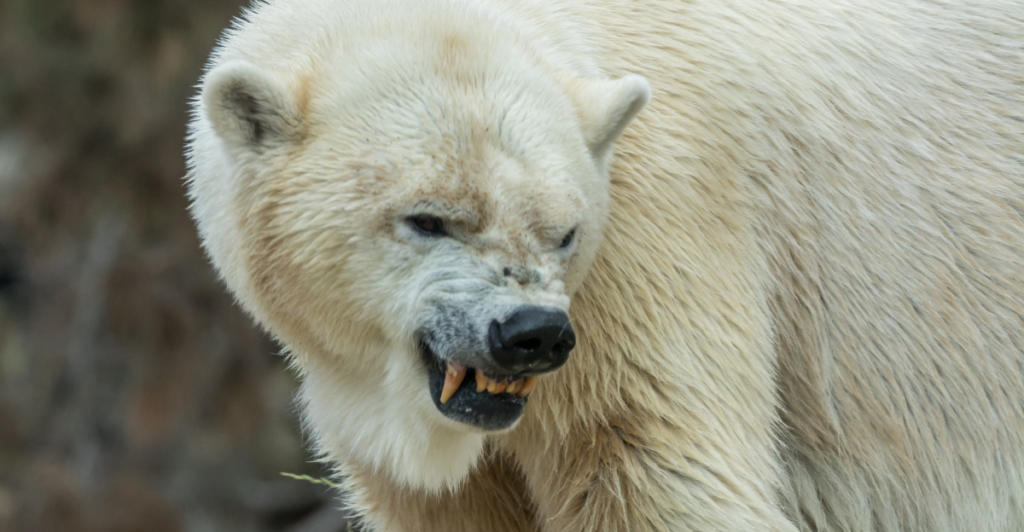
Bears are nature’s ultimate test. In North America, that means black bears and grizzlies—both of which can absolutely ruin your hiking vibe if startled.
Black bears are smaller and more likely to bolt, but get between one and her cubs and you’ll see teeth. Grizzlies, though? They don’t bluff. They’re bigger, stronger, and not afraid to defend their turf.
In 2015, a hiker in Yellowstone was fatally attacked by a grizzly after hiking alone without bear spray. Tip? Don’t be that person. Make noise. Travel in groups. And please, for the love of trails everywhere—carry bear spray and know how to use it.
2. Rattlesnakes
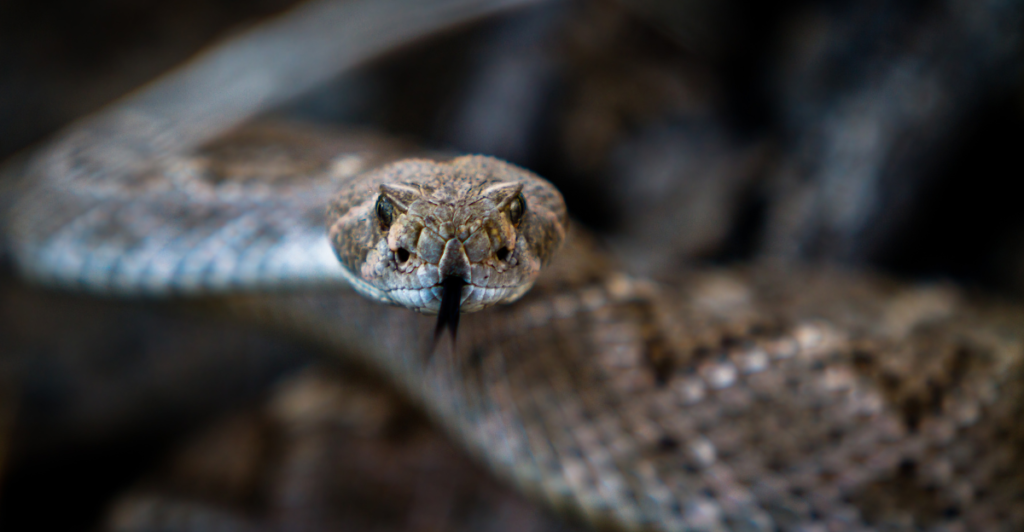
Nothing kills the chill hiking mood like hearing that dreaded tail rattle. Rattlesnakes are found across the U.S., especially in rocky or grassy areas, and while they’re not hunting humans, they will strike if they feel cornered.
Their venom can cause serious tissue damage and needs medical treatment fast. Most bites happen when someone accidentally steps too close—or tries to play snake charmer. Don’t be that hiker. Stick to clear trails, watch where you put your hands, and wear boots.
And if you hear that warning rattle? Freeze, locate the snake, and back away slowly. It’s not mad. It just wants space—and honestly, same.
3. Mountain Lions
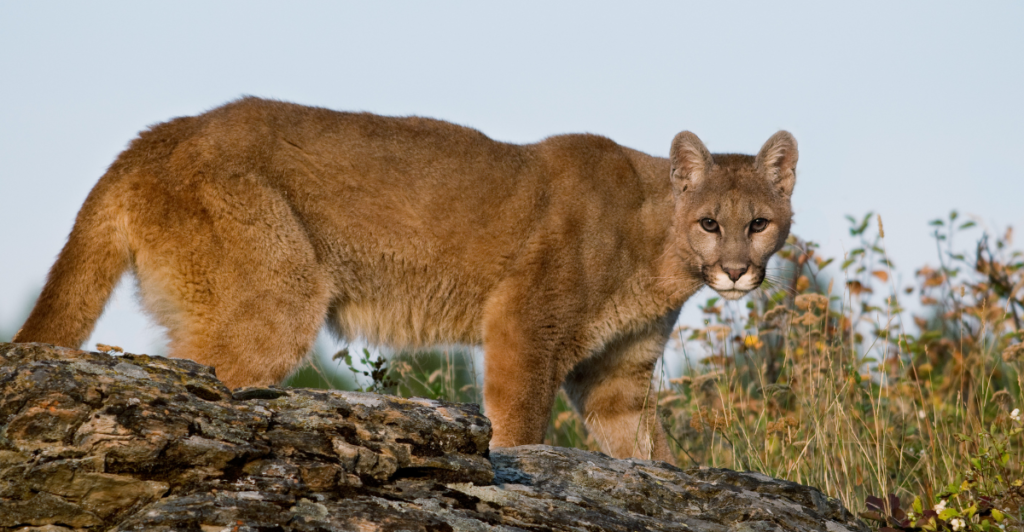
You probably won’t see a mountain lion before it sees you—and that’s exactly what makes them unnerving.
These big cats (aka cougars or pumas) are elusive and fast, mostly keeping to themselves in forested or mountainous regions. But if they do see you as a threat—or worse, prey—they’ll stalk you silently. Attacks on humans are rare, but when they happen, they’re brutal.
If you ever lock eyes with one, don’t run. That triggers a chase. Instead, make yourself look big, speak firmly, and back away without turning around. It’s less about overpowering them and more about convincing them you’re not worth the risk. Think: confident, not crunchy.
4. Wolves
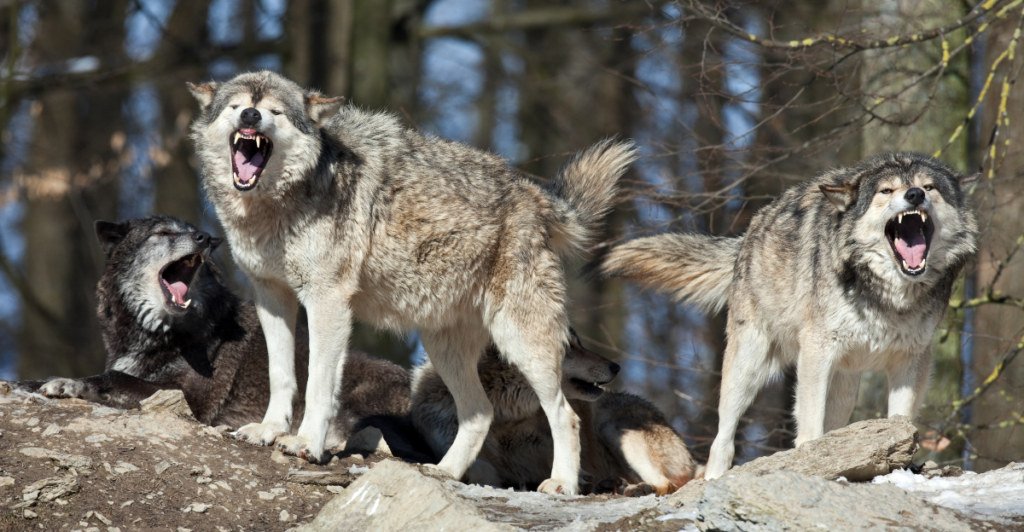
Wolves get a bad rap thanks to fairy tales, but they’re not roaming the woods looking to snack on Little Red.
They’re usually shy, smart, and avoid humans. Still, they’re large predators, and if habituated to humans (especially near campsites), they can become bold. Packs are rarely aggressive, but lone wolves or those exposed to trash and food can pose a threat. If you encounter one, stand tall, don’t run, and make some noise.
Wolves are more curious than bloodthirsty—but they’re not dogs, and they’re not predictable. Treat them with respect and distance, and they’ll usually return the favor.
5. Bison
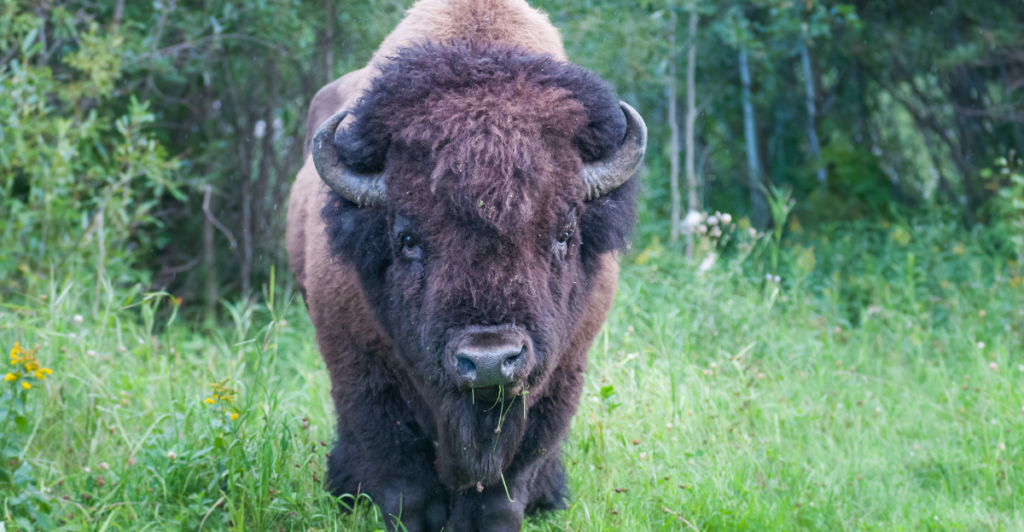
You’d think bison, with their big teddy bear faces and slow-mo grazing, were harmless. But nope—they’re basically nature’s armored tanks.
Every year, tourists in places like Yellowstone get too close and get tossed like rag dolls. Bison can weigh over 2,000 pounds and run faster than you think (up to 35 mph). In 2025, hikers had to dive for cover when a stampede broke out during a wolf chase.
If a bison stops eating to stare at you, back away immediately. Don’t try to get a selfie. Don’t try to feed it. Just admire from a distance—or risk becoming a cautionary tale.
6. Dingoes
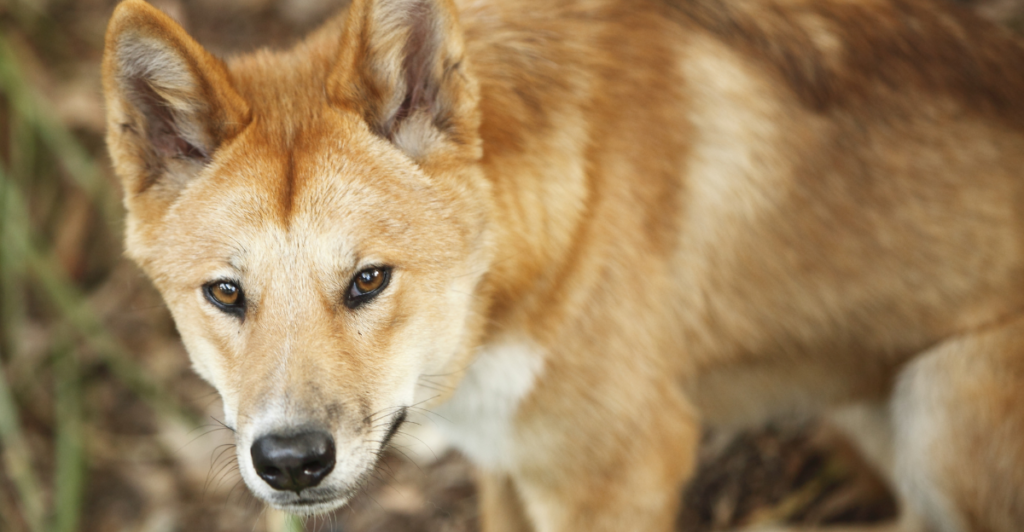
Australia’s dingoes are wild dogs with a serious “don’t touch me” energy. They look like regular mutts, but they’ve got instincts that say otherwise.
In 2025, three women were bitten by dingoes while walking on K’gari (Fraser Island), proving that even experienced hikers aren’t immune. Dingoes are curious, clever, and opportunistic—and when food’s involved, they can get aggressive. If you see one, don’t run. That triggers their chase instinct. Instead, stand tall, avoid eye contact, and back away.
Never feed them, and always secure your food stash. They’re not here to cuddle—they’re here to snack. Just don’t let it be you.
7. Cassowaries
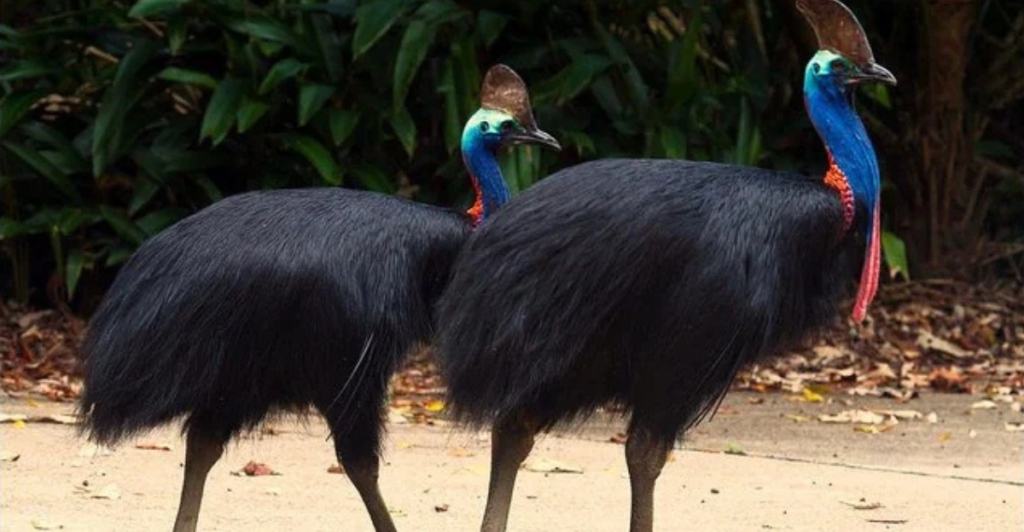
Cassowaries look like something a video game designer invented. Big, colorful, and dangerously prehistoric, these flightless birds can grow over 6 feet tall—and come equipped with dagger claws strong enough to disembowel.
No exaggeration. They’re mostly found in northern Australia and New Guinea, and they’re generally shy… until they’re not. In 2025, an elderly man in Queensland was hospitalized after one kicked him in the leg. If you see one, don’t turn your back or run. Keep your distance, avoid sudden moves, and put a tree or backpack between you and the bird.
They don’t want trouble—just space. Give it to them.
8. Rock Squirrels
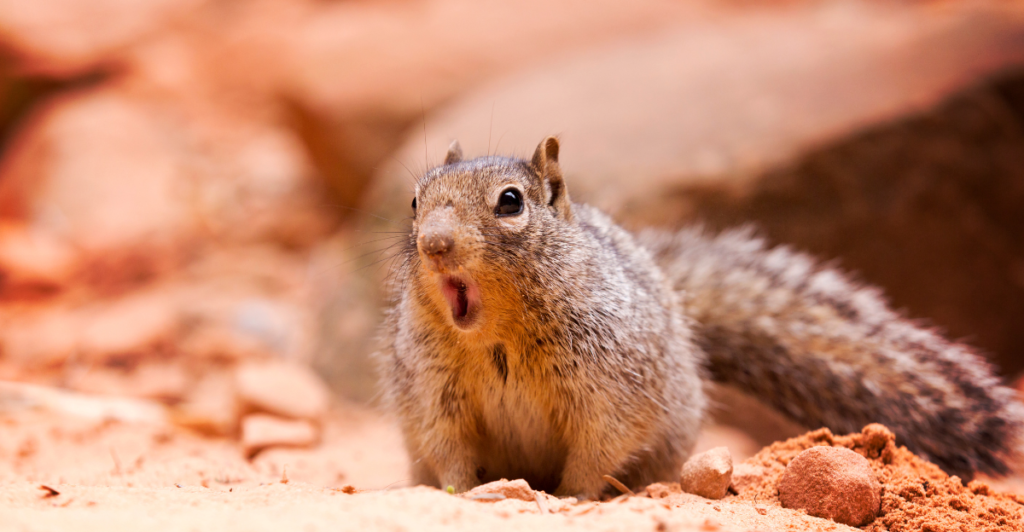
You’re expecting bears or snakes—but did you know one of the most aggressive animals in the Grand Canyon is… a squirrel?
Rock squirrels might look cute, but they’ve earned a reputation for biting tourists more than any other critter in the park. Why? People feed them. These chonky little creatures can become aggressive when they expect snacks and don’t get them. They’ll jump on laps, dig through bags, and yes—sink their teeth into your unsuspecting thigh.
They also carry diseases, so a bite could mean more than just a bandage. Bottom line: don’t feed them, don’t pet them, and don’t underestimate them.
Keep the Wild in “Wildlife”
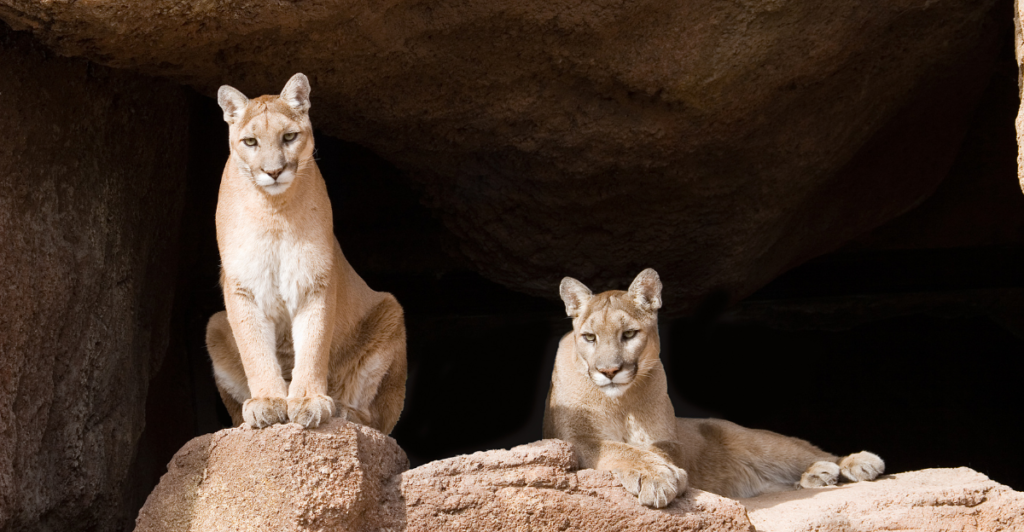
Look, nature doesn’t need to be feared—it needs to be respected. Most animals don’t want a fight. They just want space, safety, and zero interference from your trail mix.
But knowing who’s out there (and how to behave if you meet them) can turn a dangerous encounter into just another campfire story. Whether it’s a bear, a bird, or a bite-happy squirrel, the rule of thumb is the same: stay alert, stay calm, and don’t be that tourist.
Hiking is healing, but it’s also wild. So keep your wits sharp, your snacks sealed, and your selfie stick far from danger zones.
Explore more of our trending stories and hit Follow to keep them coming to your feed!

Don’t miss out on more stories like this! Hit the Follow button at the top of this article to stay updated with the latest news. Share your thoughts in the comments—we’d love to hear from you!







